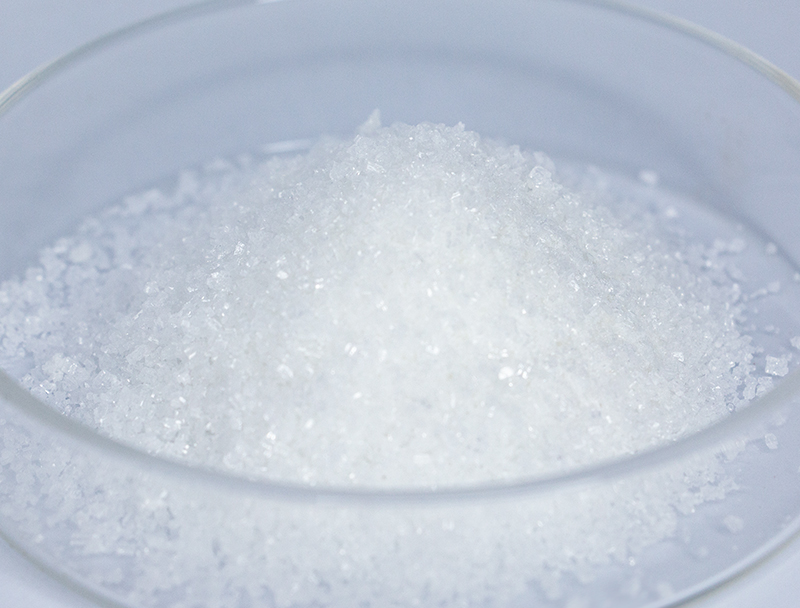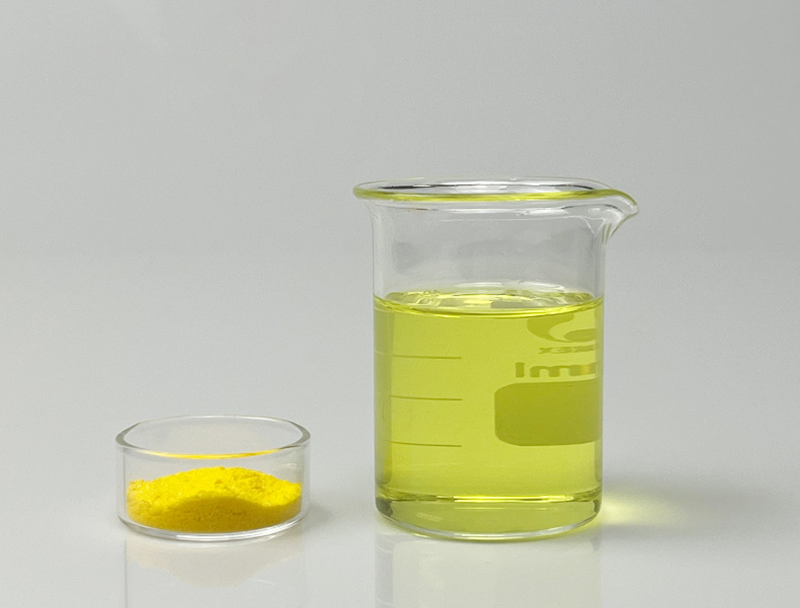
Large-scale bioproduction hinges upon an extensive collection of primary inputs to produce innovative bio-based products.
Preserving environmentally mindful sourcing is paramount for the long-term viability and ethical growth of the industry.
various risks tied to conventional feedstock acquisition such as ecological damage and resource depletion. Accordingly, companies are required to implement regenerative sourcing methods to mitigate footprints.
- Examples of sustainable sourcing practices include:
- Harnessing secondary biomass from farming outputs
- Implementing closed-loop systems to minimize waste and maximize resource efficiency
- Aligning with domestic providers that adhere to transparent sourcing
The transition to greener sourcing offers both planet-friendly outcomes and business advantages.
Upgrading Feedstock Traits for Better Biofuel Performance
Improving fuel production performance hinges on the attributes of biomass inputs. Engineers continually develop approaches to improve biomass suitability, producing improved fuel yields and a lower-carbon energy pathway. Efforts pair genetic enhancement for feedstock abundance with advanced pretreatment to produce usable sugars.
- Likewise, initiatives explore candidates such as algal biomass, process wastes, and agricultural leftovers to extend sustainable feedstock availability for fuels.
- Because of continual endeavors biofuel technology is set to attain meaningful progress that supports renewable energy growth.
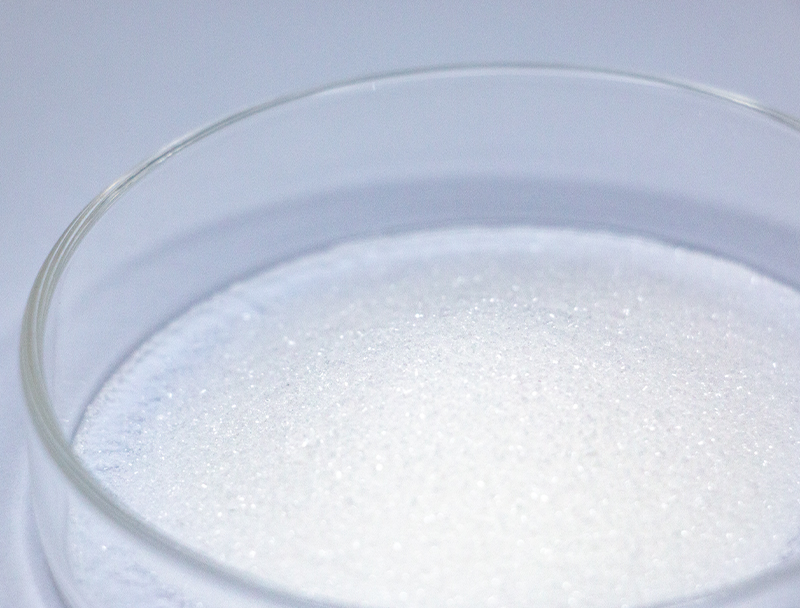
Next-Generation Upstream Methods in Biopharmaceuticals
entails beginning production stages such as cell growth and biomass recovery Recent progress has advanced techniques that maximize productivity and increase output.
Crucial progress includes proprietary cell systems, optimized growth media, and adaptive bioreactor architectures. These innovations not only enhance productivity but also minimize production costs and environmental impact.
- Likewise, the move to continuous systems facilitates better adaptability and streamlined upstream production.
- The adoption of higher-tech manufacturing practices will likely disrupt traditional models and speed therapeutic launches.
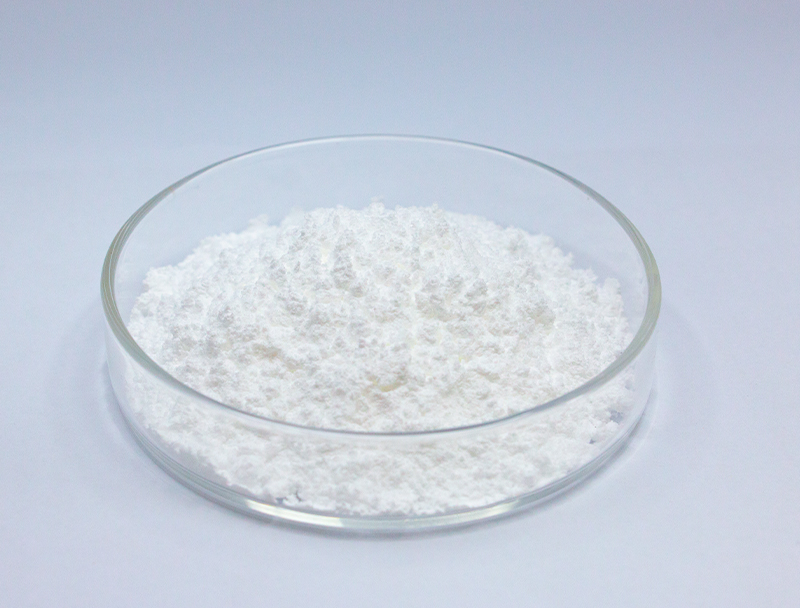
Molecular Editing Strategies to Increase Bioproduct Output
refinements in gene-targeting technologies have advanced protein production workflows. By implementing targeted gene changes, investigators boost production titers of important biologics. These methods could enable production of accessible and efficient medicines tackling diverse health challenges.
Using Microbial Systems for Site-Specific Remediation
cutting-edge microbial approaches that remediate contamination sustainably. Specialized microbes can enzymatically degrade pollutants to reduced-toxicity products.. Tapping into these capabilities enables green remediation tactics to restore ecosystems affected by industrial contamination.. Study groups probe microbial metabolic diversity to tackle metals, persistent pesticides, and hydrocarbon spills.. Organisms may be utilized in controlled reactors or in place to accelerate contaminant decomposition through biodegradation..
Employing microbial strategies for remediation provides multiple benefits versus traditional techniques. Microbial remediation can cut expenses and limit harmful secondary emissions. Concurrently, these solutions provide focused remediation without widespread environmental harm. Research progresses swiftly to enhance microbial remediation efficiency and practical effectiveness.
Informatics-Driven Strategies for Drug Design
Informatics platforms are essential to current drug discovery and development pipelines. By leveraging complex datasets, bioinformatics expedites discovery and optimizes candidate safety and potency.
- With analysis of broad omics and clinical datasets, bioinformatic experts identify targets and model drug effects.
- Similarly, modeling drug–target interactions streamlines design of compounds with better efficacy and selectivity.
- In conclusion, computational biology reshapes discovery pipelines and speeds delivery of reliable treatments for patients.
Cell Factory Optimization for Higher Bioproduct Output
uses diverse methods to increase biosynthesis of target bioproducts in organisms. Programs use genetic redesign of metabolic networks, dynamic regulation of expression, and addition of heterologous genes to unlock new capabilities. With precise metabolic tuning scientists can greatly enhance yields of desired compounds.
Such holistic engineering could impact many areas including medical therapeutics, agricultural outputs, and biofuel production.
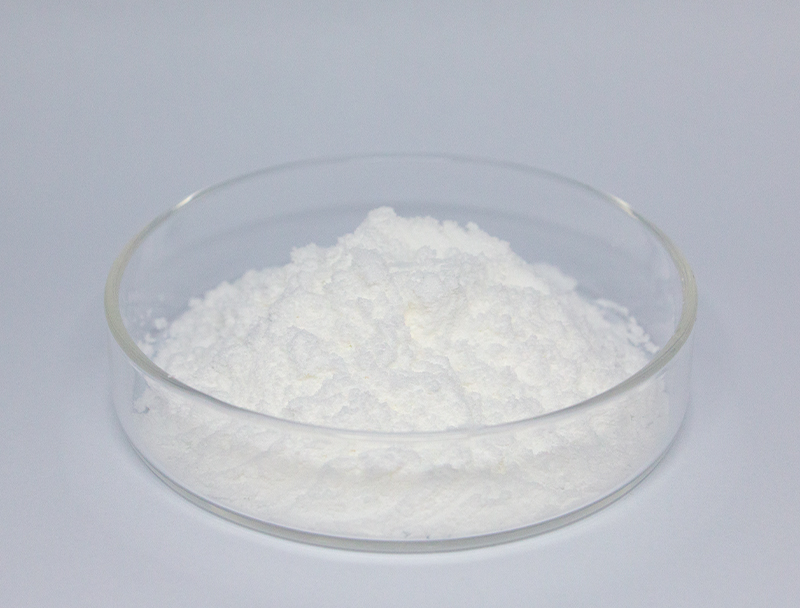
Industrializing Biopharmaceuticals: Risks and Rewards
Industrial-scale production introduces demanding hurdles as well as strategic advantages. Preserving batch-to-batch quality when scaling up is a key challenge. Solving it involves resilient control frameworks, high-resolution monitoring, and modern analytical tools.

One issue is the complexity of biopharmaceutical manufacturing processes, which often involve multiple steps.. Adapting protocols for industrial scale requires considerable development work and engineering advances.. Despite challenges, the benefits may be considerable. Achieved scale can widen availability of treatments, lower manufacturing costs, and boost financial returns.
Multiple programs focus on resolving scale-up difficulties. These include the development of new technologies for process optimization, advanced analytics for real-time monitoring and control, and innovative manufacturing strategies.
- Developmental projects contribute critically to scaling manufacturing competency.
- Government agencies are streamlining review procedures to permit quicker uptake of new production technologies and foster innovation.
Mapping the Compliance Environment for Safe Therapeutic Development
Creating biologic medicines requires strict regulatory controls to maintain both β-Nicotinamide Mononucleotide patient safety and therapeutic value. Products of biological origin introduce specific challenges that differ from standard drug development.
Regulators such as the FDA and EMA define authorization pathways and quality standards for new biologic medicines..
Stringent experimental and surveillance testing occurs across the entire development-to-market continuum. Such safeguards are intended to detect hazards and ensure therapeutics adhere to top-tier safety benchmarks..
Also, governing institutions evolve their strategies to respond to swift advances in biopharmaceutical science.. This includes embracing novel technologies and facilitating the development process while maintaining a commitment to patient well-being.
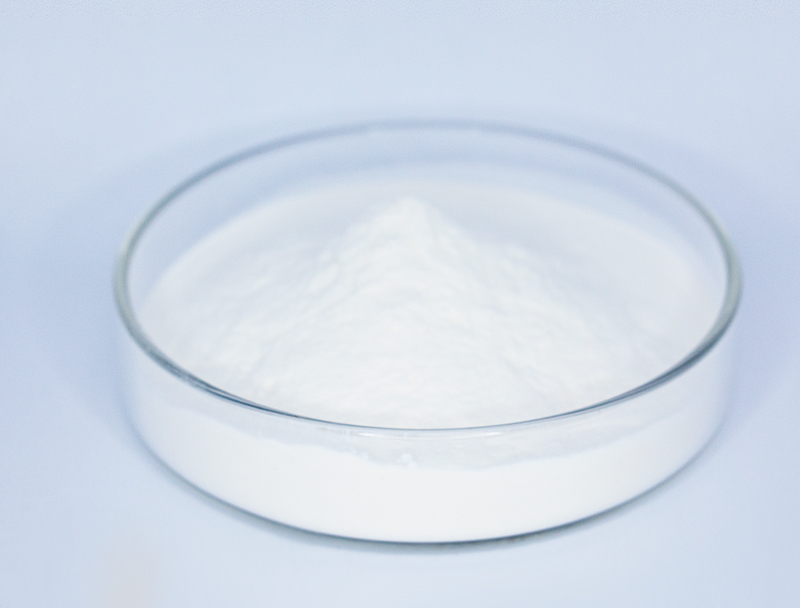
Plant-Derived Feedstocks as a Route to Sustainable Bioplastics
Heightened demand for sustainable products accelerates efforts to develop renewable material alternatives. Plant-origin feedstocks converted into bioplastics create promising opportunities for eco-friendly materials. Plant inputs like corn-derived starch, cellulose derivatives, and sugarcane can be turned into degradable plastics that lessen environmental burdens.
Furthermore, these bioplastics often possess comparable properties to their petroleum-based counterparts, making them suitable for a wide range of applications.. Persistent innovation will be key to advancing plant biomass into mainstream bioplastic manufacturing for a circular future.
Biotech's Role in Improving Global Health and Agricultural Resilience
Emerging biotechnologies deliver avenues to improve health outcomes and secure food resources. By harnessing genetic engineering, synthetic biology constructs, and advanced cell therapies, technologists deliver capabilities to reduce disease burden, raise crop outputs, and increase food value. To illustrate, modified plants designed for pest resilience and environmental tolerance can raise outputs and reduce pesticide application.. Similarly, biotech contributes advanced vaccines, antimicrobial strategies, and diagnostic techniques crucial for infectious disease management and health advancement.. With ongoing research, biotech is positioned to enable broad improvements in health and food security that serve global populations.
